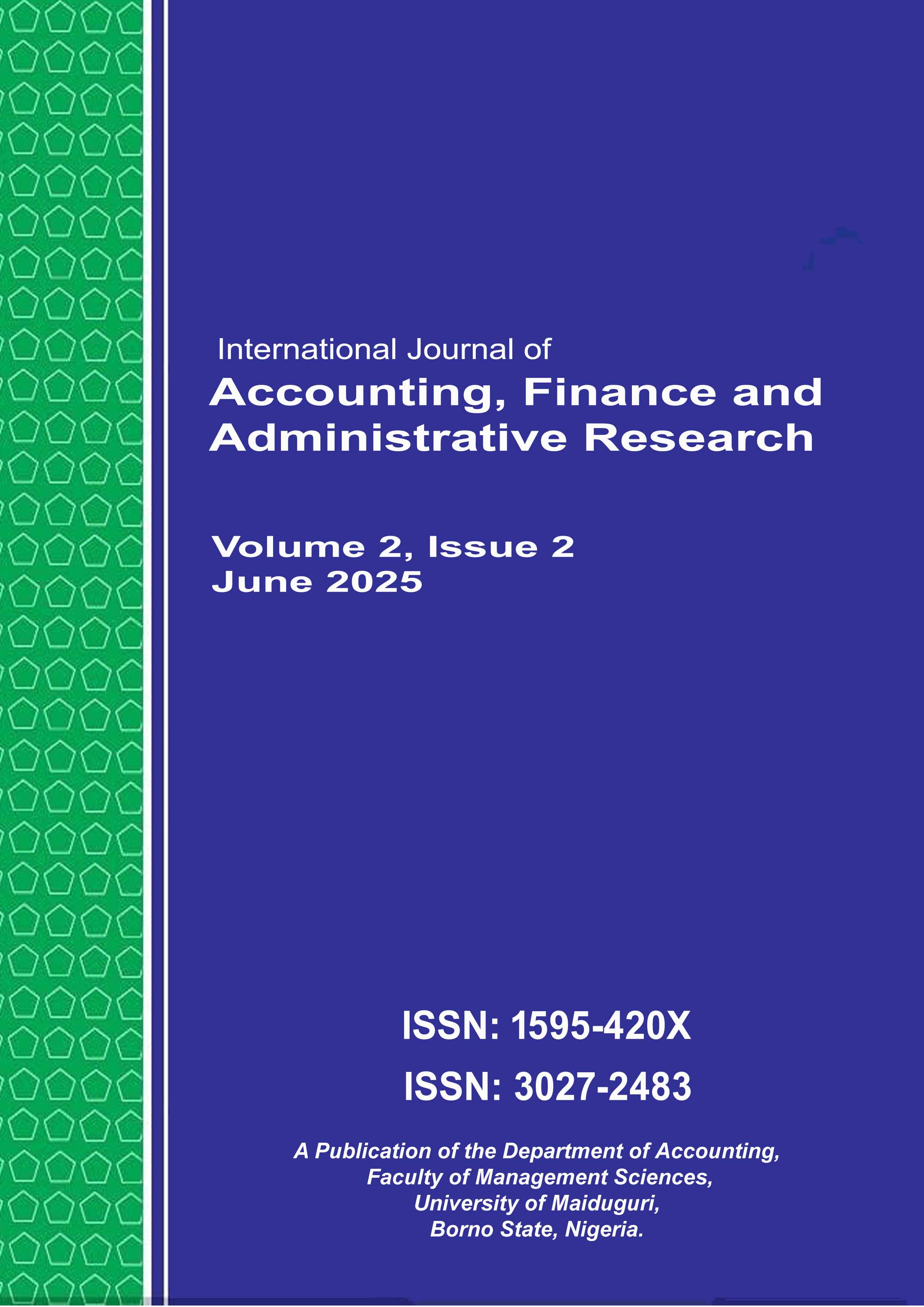A Nonlinear ARDL Approach to External Debt and Economic Growth in Nigeria
Keywords:
External Debt, Economic growth, Debt servicing, NARDL model, Debt interest rateAbstract
This study examines the asymmetric short- and long-run effects of external debt dynamics on economic growth in Nigeria from 1981 to 2023. It focuses on how external debt stock, servicing, and interest rates impact GDP growth, employing a Nonlinear Autoregressive Distributed Lag (NARDL) model. The analysis uses ADF unit root tests and standard criteria for lag selection, while cointegration is confirmed via the bounds test. Findings reveal significant asymmetries. In the long run, increases in external debt stock do not significantly enhance growth, but reductions lead to notable declines in output. Rising interest rates significantly hinder growth, while falling rates have negligible positive effects. Reduced debt servicing improves long-run growth, whereas increased servicing has an insignificant negative impact. Short-run results show that rising interest rates and reductions in debt stock significantly reduce GDP growth. Positive debt accumulation and exchange rate movements are largely insignificant, while lower debt servicing improves short-term growth. The study concludes that external debt has asymmetric effects on growth. It recommends a gradual, productivity-based debt reduction strategy, renegotiation of debt terms to lower interest costs, and improved fiscal discipline to enhance debt utilization efficiency.


